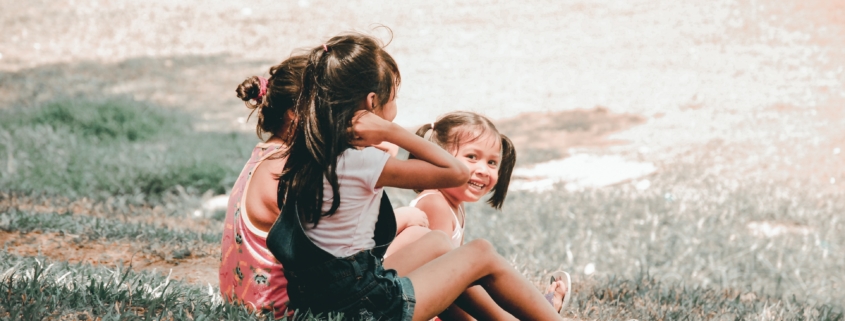How to Look out for Stress and Anxiety in Your Children
As we begin to close out the year, parents and caregivers may be noticing some new behaviours within their children that are different from summertime. Heading back to school can bring big worries and emotions. It’s important for parents and caregivers to know what to look out for to help reduce stress and anxiety.
In this article, we’ll share some tips that you can keep in your back pocket.
What to look out for?
Environment shifts like getting back into the school routine and upcoming new year resolution stress, can set off worry within young people. Here are a couple things to look out for within your children:
Emotional outbursts
Sleep troubles or insomnia on school nights
Changes within eating habits.
Within the teen and young adult group, stress and anxiety can show up in other forms as well:
Self-criticism
Social withdrawal
Rejection of things they used to love (everyday routines and activities)
Substance use
What’s causing these feelings?
Within younger children, they may be experiencing stress and anxiety due to social situations within school. They may be scared to start at a new school and worried that they won’t be in the same class as their friends. They may be nervous due to past bullying or scared for potential future bullying.

For teenagers, it’s more about transitioning. High schools will offer new experiences, new people and new routines and new sets of rules. These things can cause a lot of stress for a teenage body that is already going through so many internal changes.
The final and biggest thing that is creating these feelings is the level of commitments they have. It’s important to take a deep dive into your child’s life and decide whether or not they have too much going on and are stretched too thin. Some things to look into are:
School work
School work takes dedication and focus. As a parent or caregiver, it’s important to work with your children on creating routines that are positive and encourage them to love learning. This can look like doing homework together at the table at the same time every night. It’s also your job as a parent to help not let things pile up and work to be done last minute (causing stress for the child).
Activities
Activities can take a lot out of a child. Consider what activities they’re doing, what they actually enjoy and if there are any that can be removed to create space in their lives. Rushing from one activity to the next and never having a spare moment of free time can put a lot of stress and pressure on kids’ bodies.
Social time
Social time helps alleviate stress for people. Take a look at your kid’s social calendar and see if they’re having enough time to just simply connect with friends in a non-structured environment.
Work
If your child has a part time job, ensure that they aren’t overworking themselves and not paying attention to their studies. You can also teach them about setting boundaries with their supervisors about the possible hours that they can work.
Family obligations
The final thing to look into is your child’s family obligations. Does your child take part in keeping the house a home? Are there tasks that they could do? On top of that, really consider how much fun time they have with the family. This can include vacations, family nights, dinners at the table, etc. Creating a strong family bond will help lessen stress and anxiety within your children.
What happens next?
These are the first two steps in helping combat stress and anxiety in your young children and teens. But, this is only the beginning. Come back next month and we’ll be discussing the tools we can implement at home to help lower the stress in their bodies. And always, if you’re looking for more information on this topic, please reach out to us and we’d be happy to point you in the right direction.






